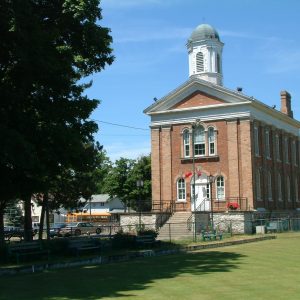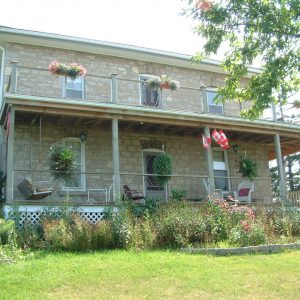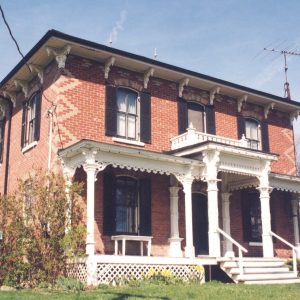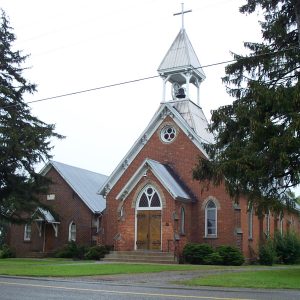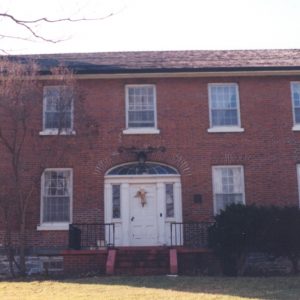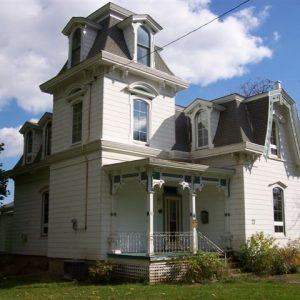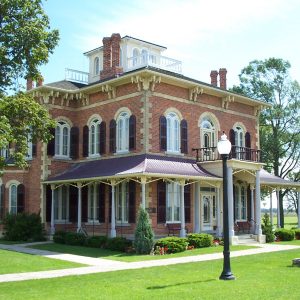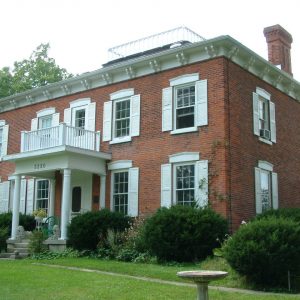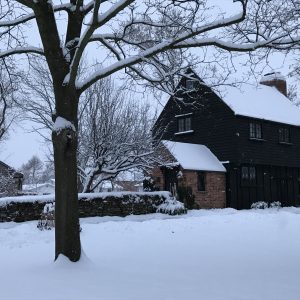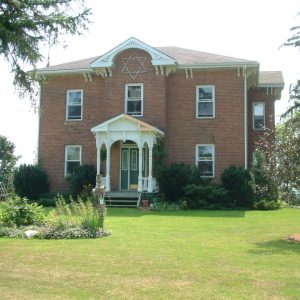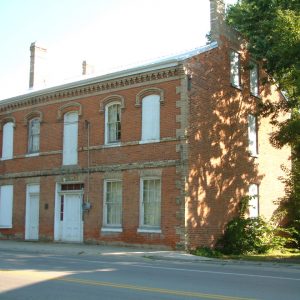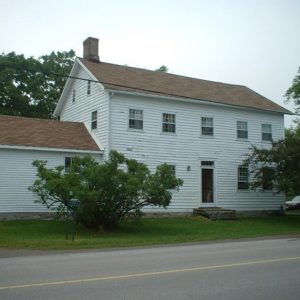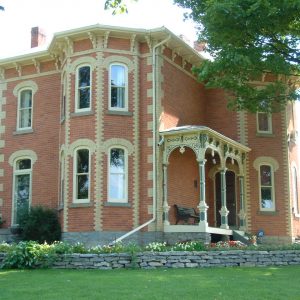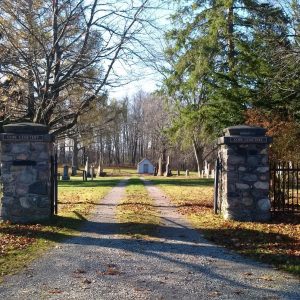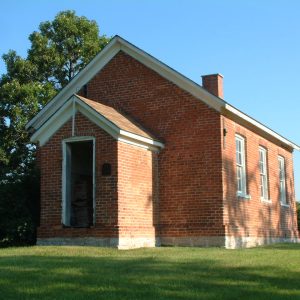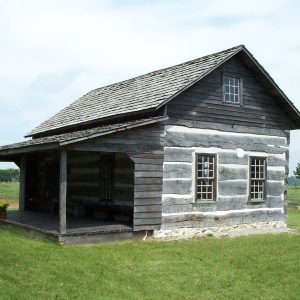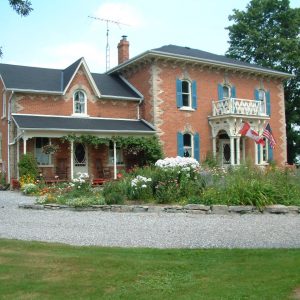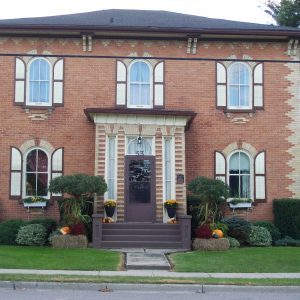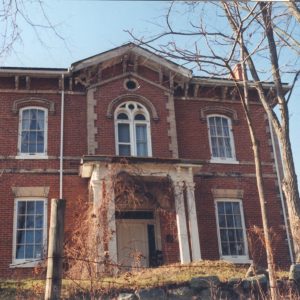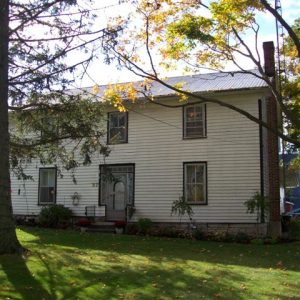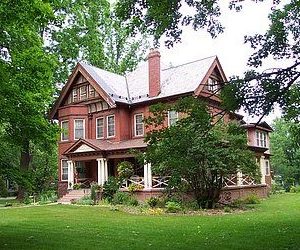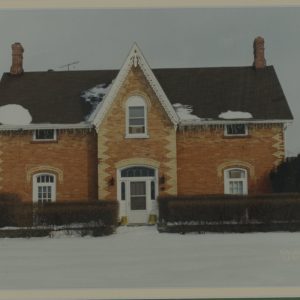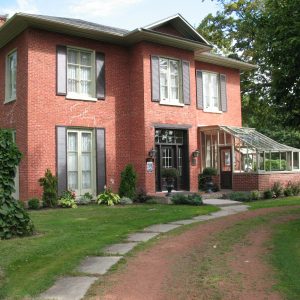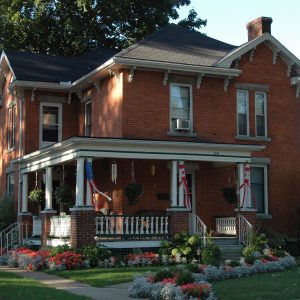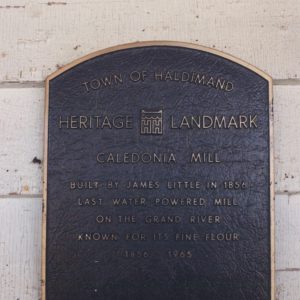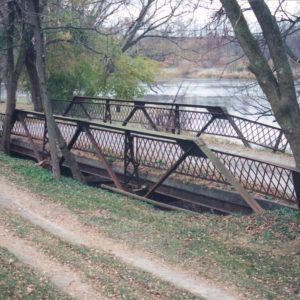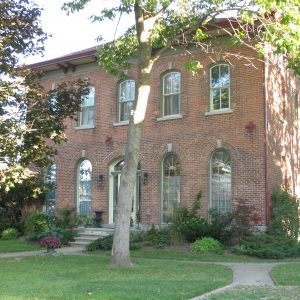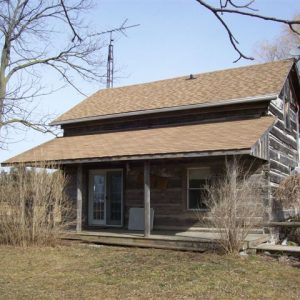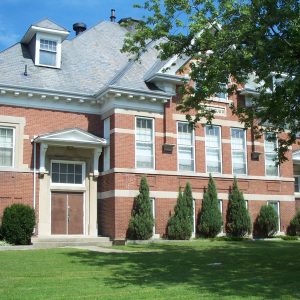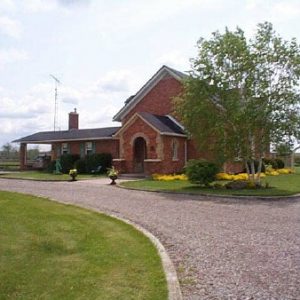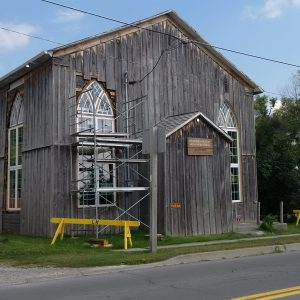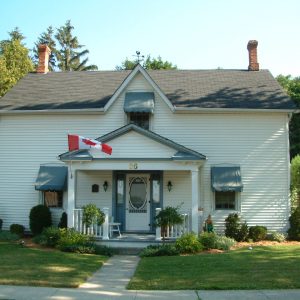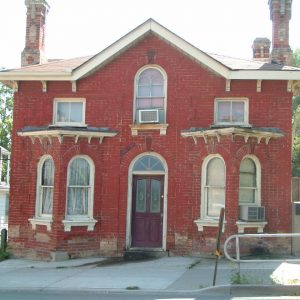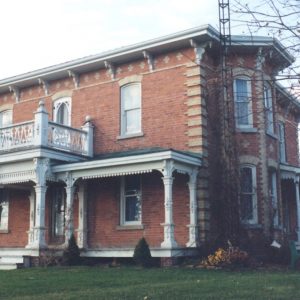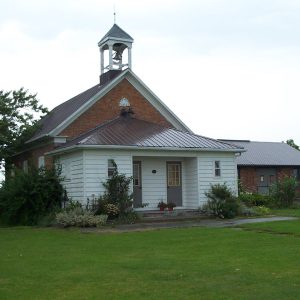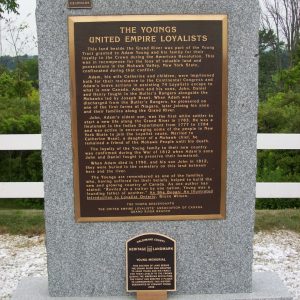About Heritage Haldimand
Our inheritance of architecture, cultural landscapes, and material culture is an irreplaceable asset and resource. In Ontario, the task of conserving our inheritance of historically and architecturally significant properties is primarily a municipal matter.
The Ontario Heritage Act provides a framework within which municipalities can act to ensure the conservation of properties of historical and/or architectural significance. It also encourages citizen participation in heritage conservation locally. Under section 28 of the Act, the Council of a Municipality is authorized to establish, by bylaw, a Municipal Heritage Committee, a local advisory committee made up of five or more people. The function of the committee is to advise Council on matters pertaining to parts IV and V of the Ontario Heritage Act and assist Council in carrying out its heritage conservation program.
The qualifications of Municipal Heritage Committee members vary; a successful committee will have within their membership a breadth of skills in architectural and historical research, education and promotion, rehabilitation and restoration techniques and business development. Representation from neighbourhood groups and individuals familiar with the community’s heritage, including representatives from Council or its Staff, proves to be a valuable tool.



